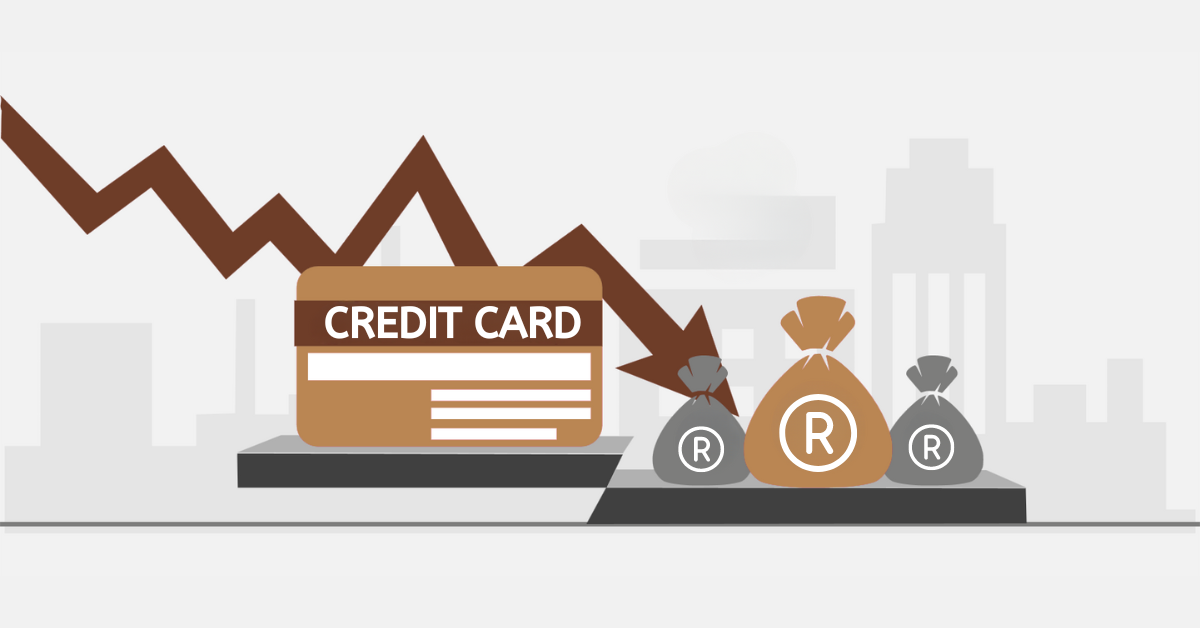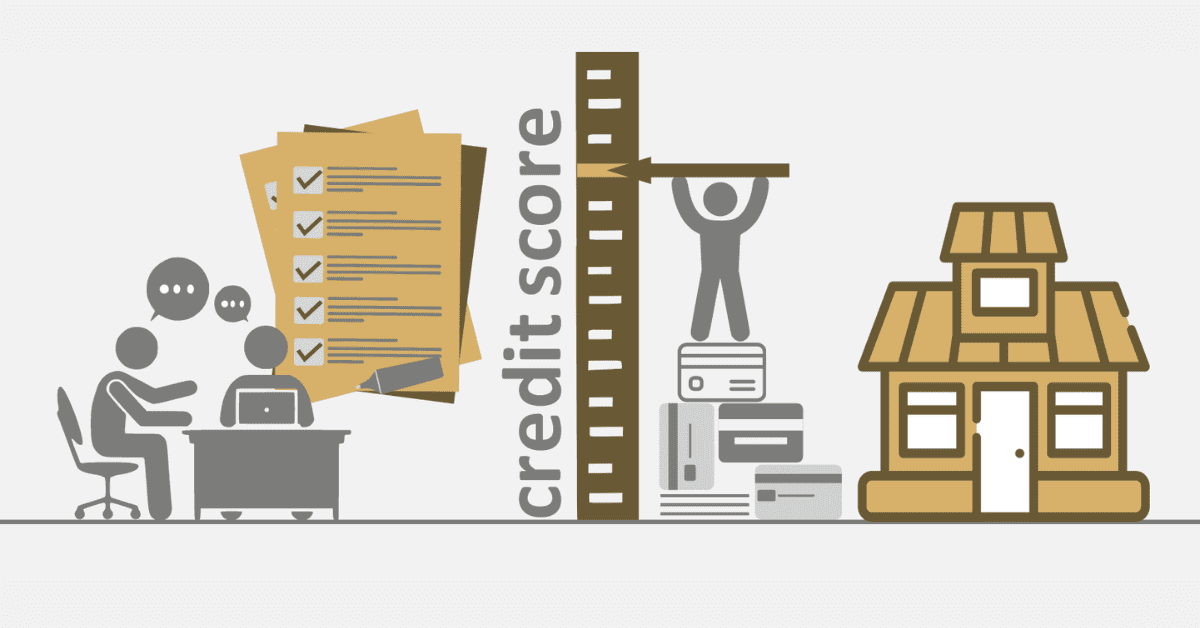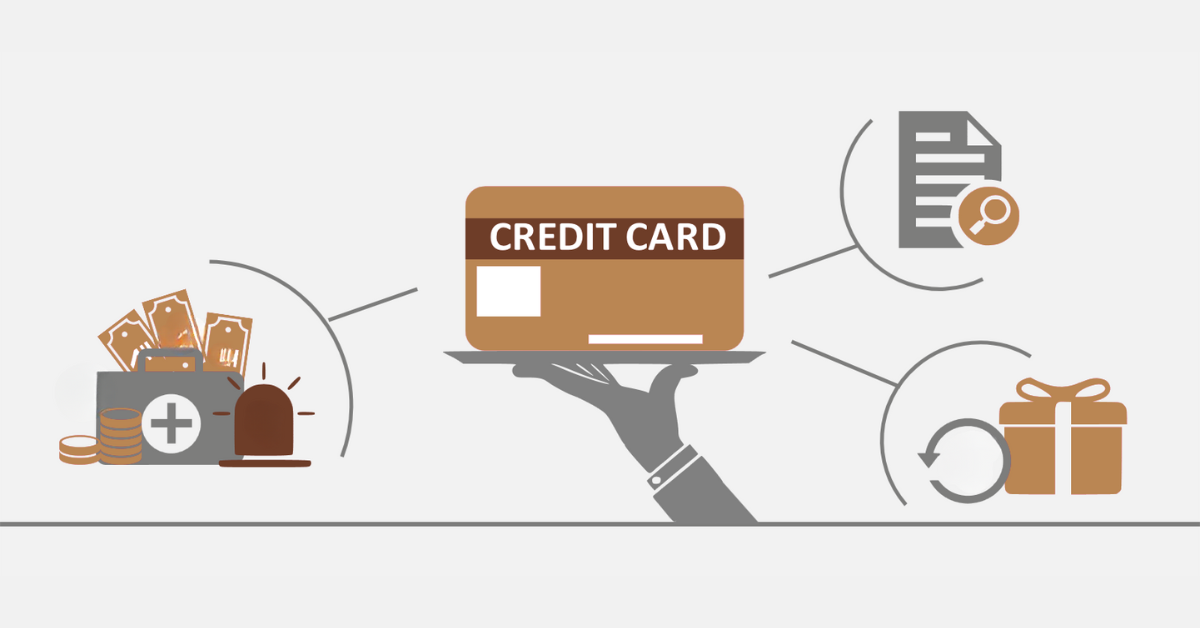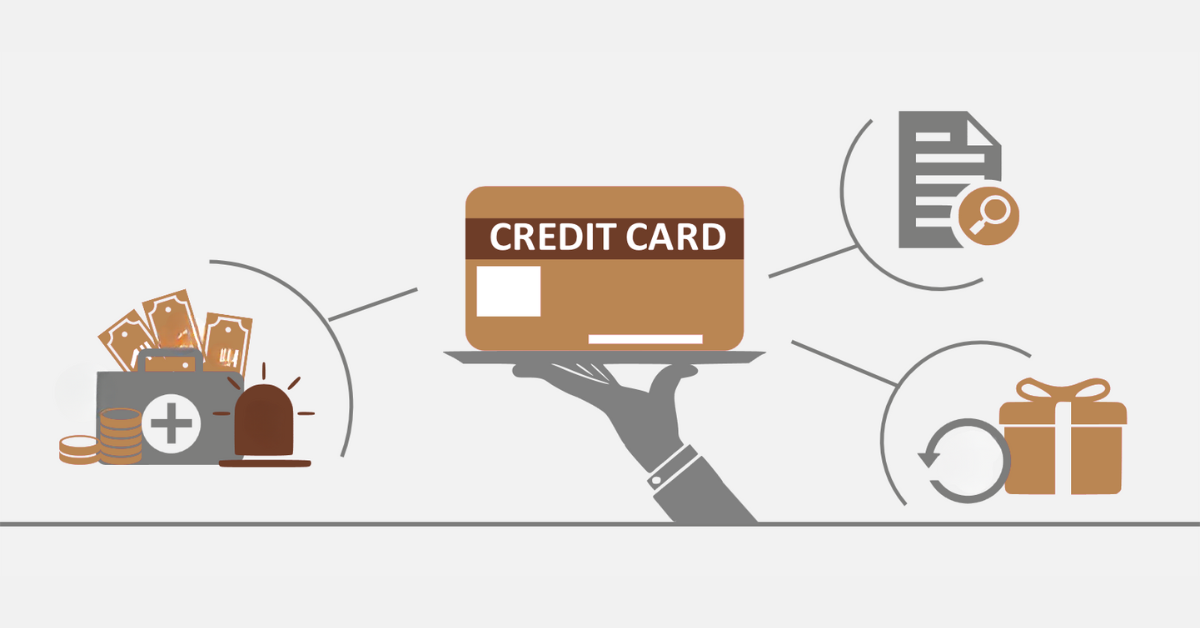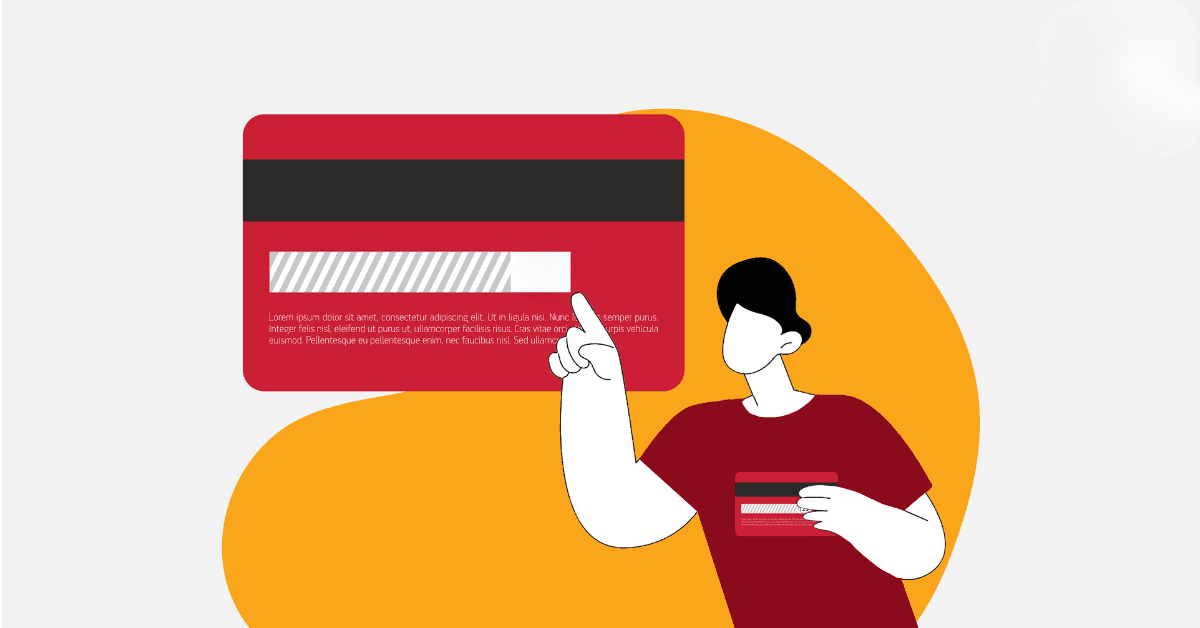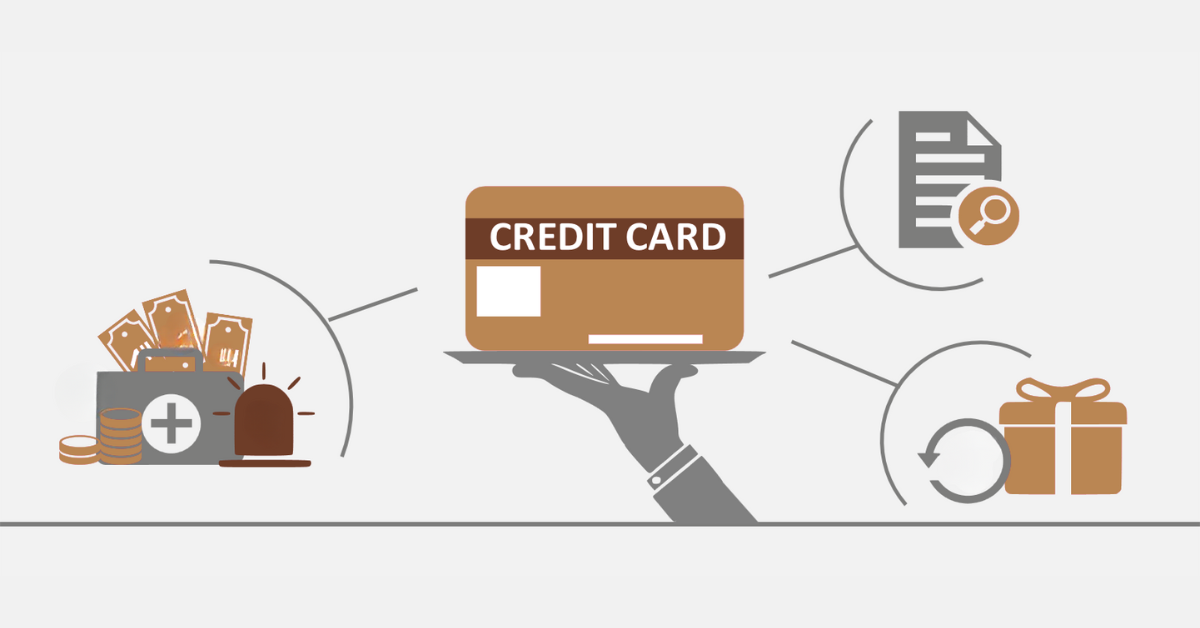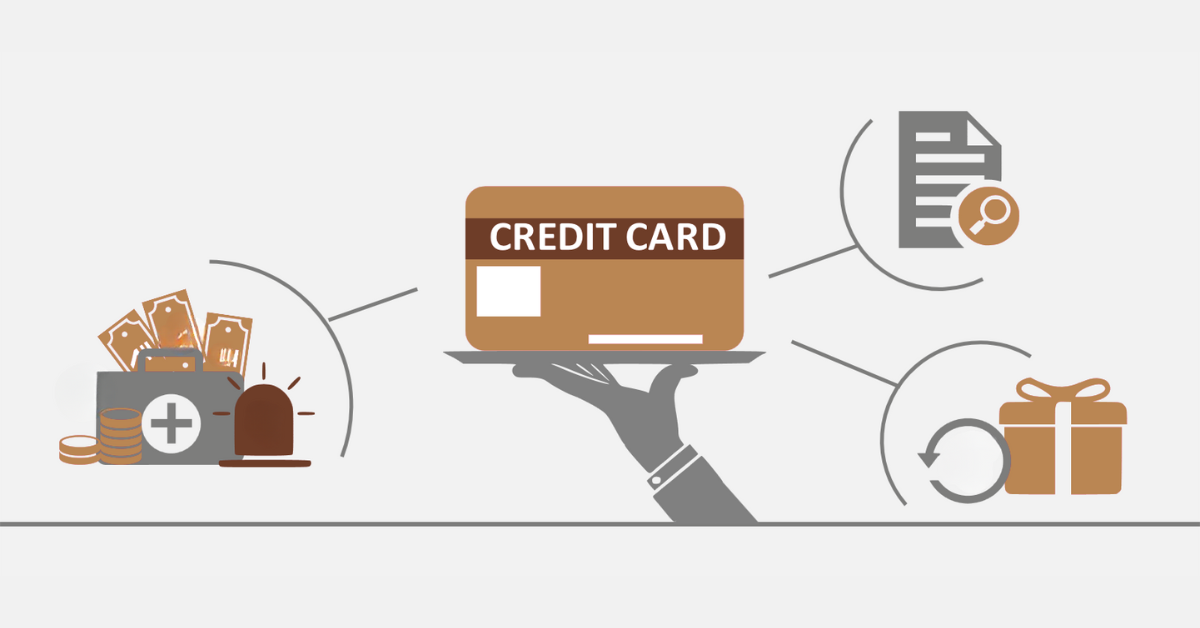Living in a world that believes in financial agility, especially in an economy largely based on plastics, credit cards stand out as pillars of convenience and security. No, they are still not immune to damage. Their integrity can actually be compromised due to physical damage, technological mishaps, and other assorted factors. This paper looks at the vulnerabilities of credit cards, involving the many different ways they can be damaged and how they still go on to be resilient against some, such as heat. In this paper, we are also going to enlighten the readers about the common mistakes made by users that result in the death of a card and suggest ways of recovering a dead, non-responsive card. We are simply taking readers through the best practices of taking care of a credit card so that they are empowered to enjoy good working order and long-lasting use.
What Can Damage A Credit Card?
Physical factors that would most probably damage a credit card include general wear, exposure to the outside environment, and technological interference. Any scratch or cut on the outer cover, or worse, on the magnet stripe or chip, means the card will become unreadable. Any exposure to liquids may, in turn, soak the chip or stripe or cause damage.
Continuous exposure to the sun or heat makes the plastic warp, while lower temperature makes it more brittle and could begin cracking. Endangering the plastic to such factors is really dangerous and increases the chances of one’s card being damaged. Technological interference can either be in the form of strong magnets or electric fields, which may cause damage to the magnetic stripe of the card or the embedded chip.
Are Credit Cards Heat-Resistant?
Credit card plastics are made to be hardy and tough, able to withhold almost anything that nature or humankind throws at them, and are able to prevent the temperature changes that might be experienced even in the days that go by. However, they are not heat resistant. Once a credit card plastic sees high heat, it might start to warp. This is because the EMV chips embedded in a credit card can be heated to around 350°F. This number is going to be, of course, before the plastic probably melts, but again, it is a technical indication pointed out by the manufacturers. Therefore, it’s best to avoid exposing credit cards to direct sunlight or other sources of heat to prevent damage.
What Demagnetizes A Credit Card?
Credit cards can become demagnetized when exposed to magnets or magnetic fields. This can happen in various ways:
- Contact with Magnets: A credit card might make contact with magnets of all types, such as those that are part of tape measures, that hold flashlights, or anything that magnets hold on, including around doors of refrigerators.
- Electromagnetic Fields: Other close-contact items, such as mobile phones and digital cameras, that one should watch out for are those with strong electromagnetic fields.
- Physical Damage: Scratches or wear and tear on the magnetic stripe can also lead to demagnetization.
To protect your credit card from demagnetization, it’s advisable to:
- Avoid placing your card near magnets or in wallets with magnetic clasps.
- Store your card in a safe place, away from potential magnetic fields.
- Keep the electromagnetic stripe facing away from any magnetite in your purse or wallet.
What Is One Biggest Mistake An Individual Can Make When Using Credit Cards?
Among the most fundamental errors that one can make in the management of a charge plate is failing to make a single debt payment. This single incidence of the past may result in a negative impact on your history, which will last for about five years since a credit score is, in essence, a very critical measure of your financial health. As 35% of your FICO® Score, lenders may consider such information majorly influencing their lending decisions.
Another serious mistake is the balance that is held from one month to another, which can accumulate interest and, consequently, raise your credit utilization ratio- one of the hallmarks of 30% of your credit score. This may make one think that you are over-mastering credits and hence may impose more interest charges on loans or, in a worst-case scenario, refuse to do so.
Avoid these pitfalls by setting up autopay for at least the minimum, watching the statements on your credit card like a hawk, and trying to pay off balances in the billing cycle if you can. Also, remember your credit limit and try not to use a bulging percentage of your available credit limit, as this will adversely affect your credit score.
How Do You Fix Credit Cards That Won’t Read?
If your plastic plate won’t read, there are several steps you can take to try and rectify the issue:
- Lightly wipe the magnetic stripe or chip off with a soft cloth. If it’s a really bad smudge, you can use a little rubbing alcohol or mild soap on a cloth, but never directly on the card.
- Clear Sticky Tape Method: Cover the magnetic strip with sticky tape. This sometimes solves the problem if the magnetic strip is worn, and it can help the strip be read more clearly.
- Damage check: Check the card for visible damage. If it is bent, straighten it on a flat, soft surface.
- Contact Your Bank: If none of the three previously mentioned work, just contact your bank. If the damage is severe, the latter might even issue a replacement card.
Remember, those are only temporary solutions. You simply have to take care when handling your card so that you do not scrape off its magnetic stripe. If you constantly encounter the problem of your card not being read, you better consult your card issuer for a permanent replacement.


